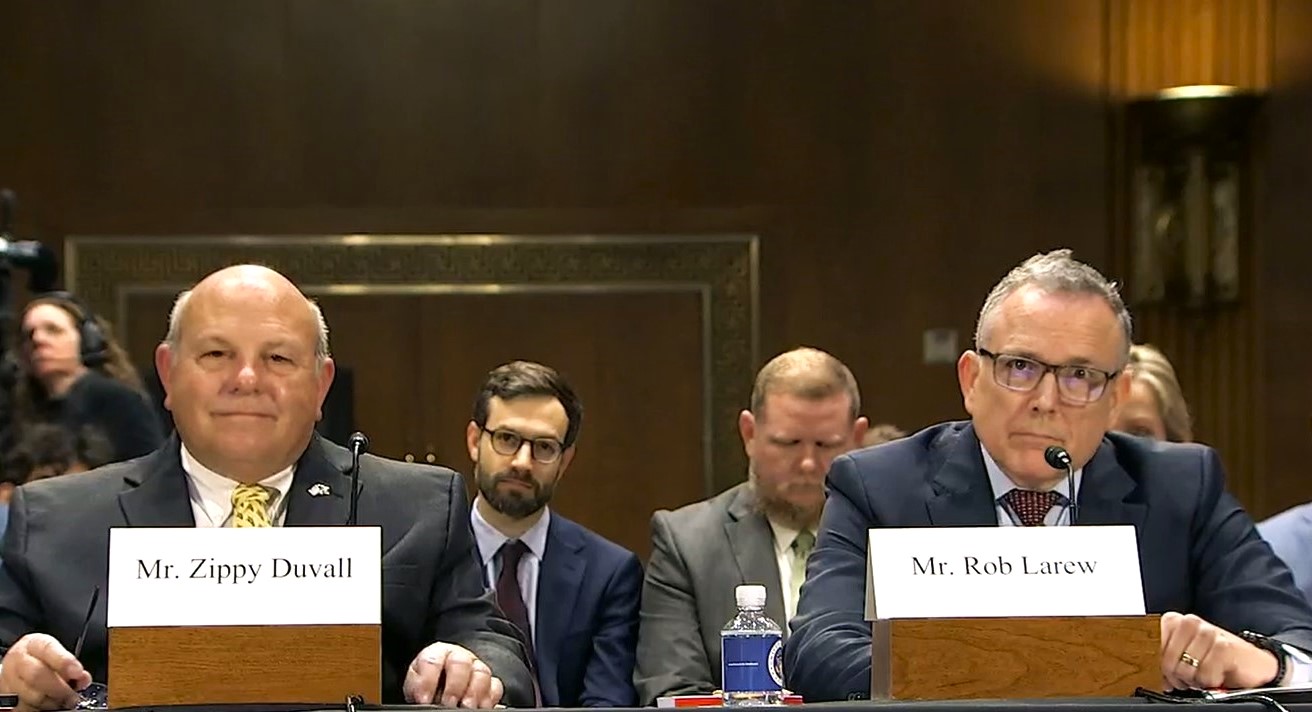LINCOL, NE —Researchers at the University of Nebraska-Lincoln’s Extension Centers and Gudmundsen Sandhills Laboratory have kickstarted a project that takes a new approach at real-time precision livestock management in extensive rangeland ecosystems.
Utilizing a solar powered Smart Feeder, researchers have the ability to precisely monitor and control individual livestock feed diets and intake online.

“We create custom diets on an individual animal basis based on the animal’s needs, and we can adjust the diet on each cow,” said Travis Mulliniks, assistant professor in the animal science department. “That’s precision livestock nutritional management.”
“We are looking at how we can utilize these technologies from a production standpoint and how they work for producers. We’re asking what’s the benefit and what’s the best for the producer in terms of profitability and sustainability.”
The portable Smart Feeder system is used to continuously measure, control and adjust daily feed intake and feed time for individual animals. Inside the SmartFeeder are four individual bins, allowing a broader choice in supplements that the herd may require nutritionally, in the form of cake, powders and pellets. Data is captured on when each animal eats, what they eat, and how much they consume. Producers can access this data and adjust feeding times and access if necessary.
Animals access the smart feeder using an electronic identification – or EID – tag. Each tag is unique to an individual animal, and the Smart Feeder dispenses the prescribed amount of feed for that animal.
“I’ve got a lot more control over their nutritional diet than I had before,” Mulliniks said. “I can be very cost effective with what I feed to get a certain targeted end product. It also allows us the abilities to gather other performance or animal behavior data.”
Optimizing resources on a large scale, especially in an extensive environment like the Nebraska Sandhills, can be challenging. Individual animal management plays a role in optimizing resources, according to Mulliniks.
The Smart Feeder will allow Mulliniks and his team to curb variation intakes due to behaviors of aggressive and less aggressive eaters. This will allow for a uniform diet and daily gain for livestock, real-time feed data decision making as well as reduced feed and labor costs.
“Part of the issue we have is, whether it is feedlot or pasture, it’s hard to get our hands on animals daily,” said Mulliniks.
“It’s hard for us to answer a lot of key questions because of the extensive environment, the extensive unknowns such as their diet. Embracing this technology will help answer some on those questions that have been unknown.”













